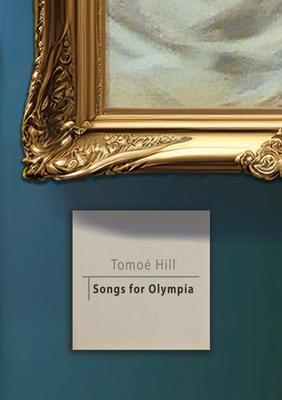Years later, the girl-now woman-encounters the ribbon face to face and on the page. Manet's Olympia and the words of Michel Leiris come together, and an imaginary conversation ensues. It will be a collision and collaboration of sensorial memories and observations on everything from desire and illness to writing and grief. These frames are used to examine both interlocutors; simultaneously, a frame of another sort is removed from Olympia and her artistic kin. Everything from her flowers, Louise Bourgeois's Sainte Sbastienne, and Francis Bacon's Henrietta Moraes are reimagined and given new regard.
Songs for Olympia, written in the form of a response to Michel Leiris's The Ribbon at Olympia's Throat, itself a highly personal response to Manet's painting, is an ode to the both the ribbon and the memory: what leads us to constantly rediscover ourselves and a world so easily assumed as viewed through a single frame.
